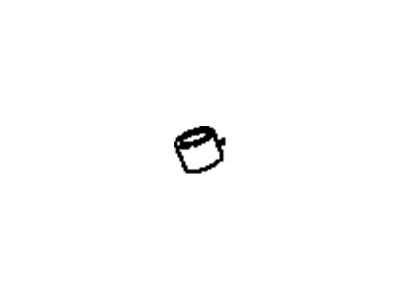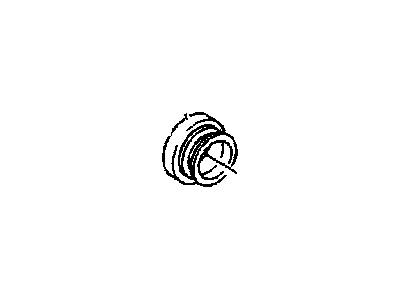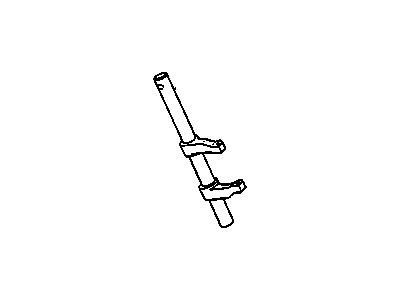
My Garage
My Account
Cart
Genuine Pontiac Fiero Release Bearing
Clutch Release Throw Out Bearing- Select Vehicle by Model
- Select Vehicle by VIN
Select Vehicle by Model
orMake
Model
Year
Select Vehicle by VIN
For the most accurate results, select vehicle by your VIN (Vehicle Identification Number).
6 Release Bearings found
Pontiac Fiero Release Bearing
Each OEM Pontiac Fiero Release Bearing we offer is competitively priced and comes with the assurance of the manufacturer's warranty for the part. Furthermore, we guarantee the speedy delivery of your orders right to your doorstep. Our hassle-free return policy is also in place for your peace of mind.
Pontiac Fiero Release Bearing Parts Questions & Experts Answers
- Q: What are the steps and considerations for removing and installing the clutch release bearing in a transaxle on Pontiac Fiero?A:Removing the transaxle requires a special engine support beam, a telescoping transaxle stand, a hydraulic hoist, and an engine hoist, making it challenging for most home mechanics to access the clutch release bearing through the standard procedure. An alternative method involves removing the engine, transaxle, and cradle as a single assembly, which does not necessitate the special engine support beam or the telescoping transaxle stand, although the hydraulic hoist and engine hoist are still required. After detaching the engine/transaxle/cradle assembly from the vehicle, the transaxle can be disconnected from the engine to access the clutch release bearing. To remove the bearing, first detach it from the clutch fork shaft assembly, then hold the center and spin the outer portion; if it does not turn smoothly or is noisy, it should be replaced. Inspect the bearing for damage, wear, and cracks, and clean it without using solvent to avoid seal damage. For installation, lubricate the clutch fork pads with white lithium grease before placing the release bearing, ensuring the recesses in the bearing are also packed with grease. Finally, install the release bearing on the retainer, ensuring the fork tangs fit into the bearing groove, and then reinstall the transaxle, taking care not to move the clutch lever toward the Flywheel until the transaxle is securely bolted to the engine to prevent damage.










